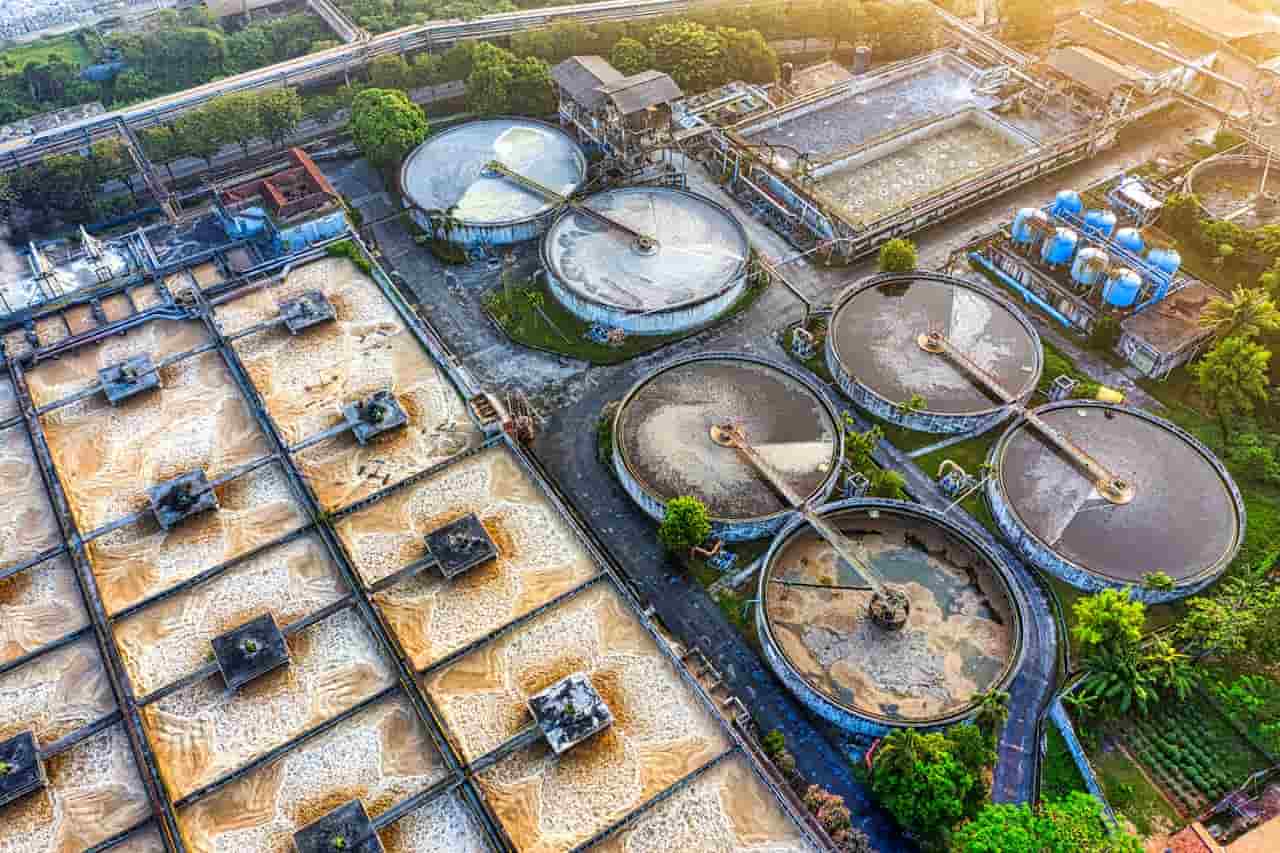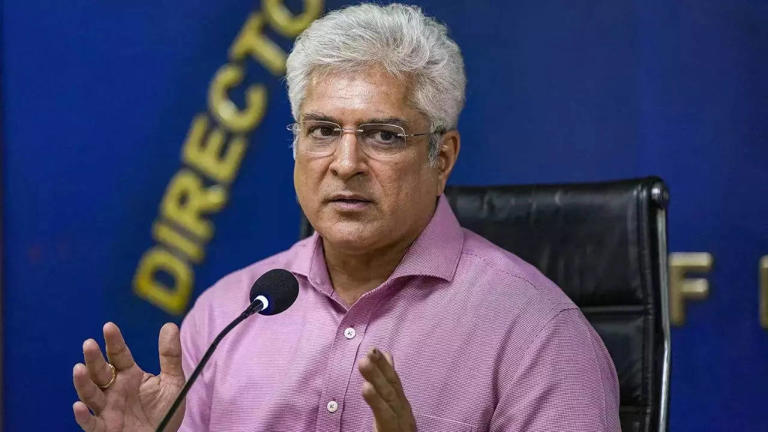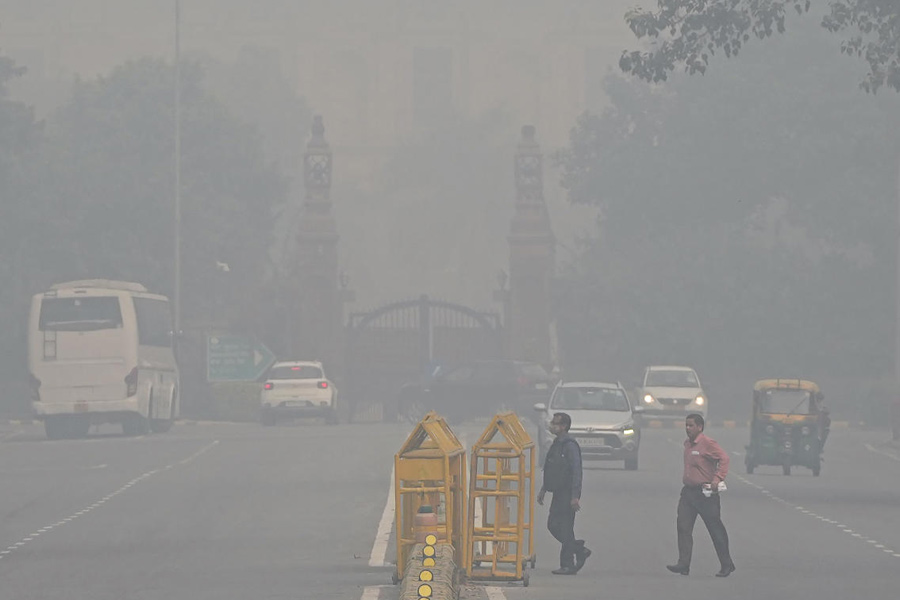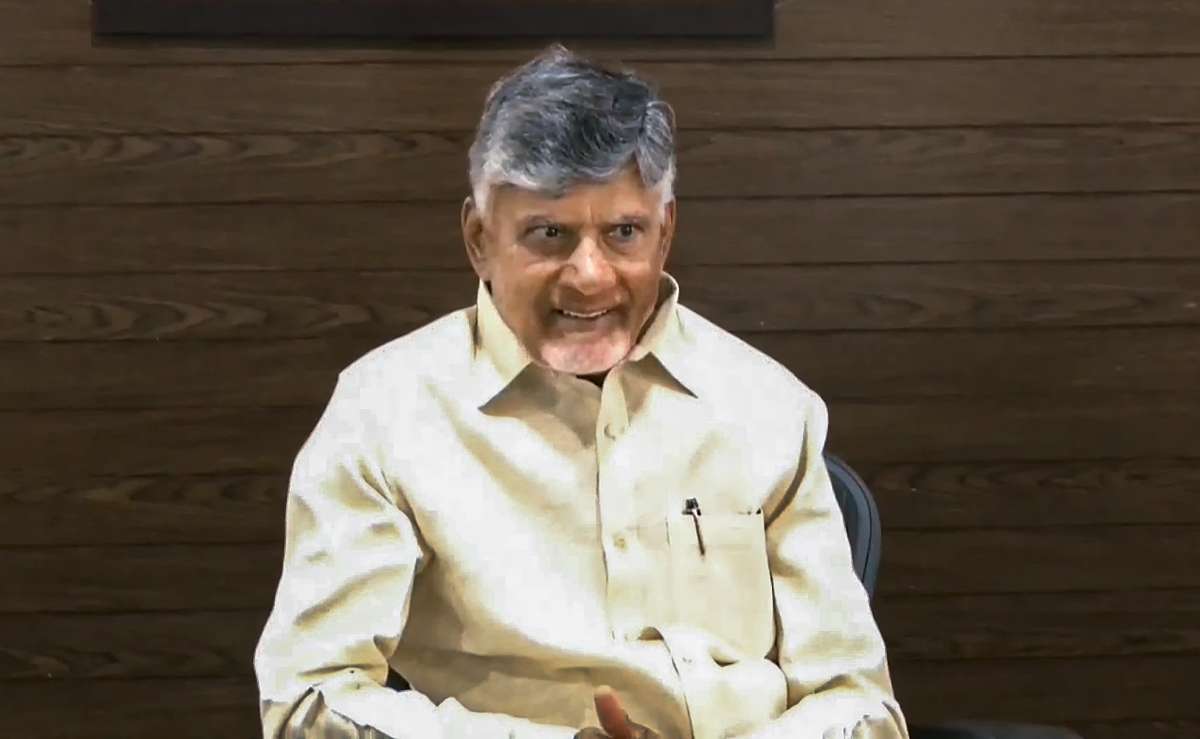Home / agriculture / Budget 2025: Key Priorities for Agriculture – A Roadmap for India
Budget 2025: Key Priorities for Agriculture – A Roadmap for India
By: My India Times
3 minutes read 99Updated At: 2025-01-28

Agriculture is not just a contributor to India’s GDP; it is the lifeblood of the nation, sustaining over half of the population. While the sector is recognized as a global leader in the production of milk, pulses, and jute, it currently confronts significant challenges that impede productivity and income enhancement. The Budget 2025 presents a vital opportunity to transform the agricultural landscape and promote inclusive growth.
The government can tackle existing challenges and create new opportunities by investing in innovative solutions, enhancing infrastructure, and empowering farmers. This initiative is not solely focused on economic growth but also on fortifying the foundation of the nation—its farmers.
Enhancing Access to High-Quality Seeds
High-quality seeds are the foundation of a productive agricultural system. While India has developed numerous advanced seed varieties, their adoption remains limited. Budget 2025 must prioritise improving the availability and accessibility of these seeds.
Enhancing programs aimed at distributing climate-resilient and high-yield seed varieties will enable farmers to effectively adapt to evolving environmental conditions. Furthermore, implementing audits of research institutions will facilitate the streamlined development and adoption of innovative seed varieties. These initiatives will ensure that farmers are equipped with the necessary resources to optimize their output.
Improving Livestock Productivity
Livestock plays a pivotal role in rural livelihoods and contributes significantly to India’s agricultural GDP. However, limited artificial insemination coverage and outdated breeding techniques hinder progress. Budget 2025 must focus on modernising livestock management practices.
Capacity-building initiatives aimed at enhancing the skills of artificial insemination professionals, coupled with investments in sophisticated hatchery facilities, can lead to substantial advancements in livestock productivity. By strengthening these systems, India can not only support its rural communities but also reinforce its status as a global leader in dairy production.
Addressing Post-Harvest Losses
Post-harvest losses remain one of the biggest challenges for Indian agriculture, amounting to ₹1.5 lakh crore annually. These losses directly impact farmer incomes and food security. Budget 2025 should expand efforts to modernise storage and transportation infrastructure.
Investments in cold storage facilities, packhouses, and grading centers near mandis will significantly reduce wastage. Additionally, promoting public-private partnerships to improve logistics can further enhance market access and minimise losses, ensuring better returns for farmers.
Supporting Small-Scale Mechanisation
Small and marginal farmers make up over 78% of India’s farming community, yet many lack access to modern machinery. Budget 2025 must focus on introducing affordable and efficient mechanisation solutions tailored to their needs.
By setting up equipment rental hubs and promoting small-scale machinery, the government can empower smallholders to adopt modern farming techniques. This will not only boost productivity but also reduce the physical burden of traditional farming methods on farmers.
Ensuring Affordable Feed and Fodder
The dairy sector supports millions of rural families, yet the lack of affordable and quality feed and fodder impacts livestock health and productivity. Budget 2025 can introduce a targeted subsidy program to alleviate this issue.
Direct benefit transfers for feed and fodder costs, combined with initiatives to establish fodder banks, can ensure consistent availability. This will improve livestock productivity, benefitting both farmers and the larger agricultural economy.
Promoting High-Value Crops and Exports
India has immense potential to expand its agricultural exports, particularly in high-value crops like fruits and vegetables. Budget 2025 should focus on developing export-ready ecosystems to unlock this potential.
Programs such as One District One Product (ODOP) can promote the export of unique crops like mangoes, grapes, and pomegranates. Additionally, targeted campaigns to build international awareness of India’s Geographical Indication (GI) products can enhance the country’s reputation in global markets.
Modernising Mandis Through Technology
Technology has the power to revolutionise traditional agricultural markets. Budget 2025 should emphasise the integration of technology in mandis to improve efficiency and transparency.
By developing IoT-enabled systems for grading, weighing, and pricing, farmers can receive fair compensation for their produce. Modernising mandis will also encourage private investments, boosting the overall efficiency of agricultural markets.
Building Climate-Resilient Agricultural Practices
Climate change poses an increasing threat to agriculture, with erratic rainfall and rising temperatures impacting productivity. Budget 2025 should prioritise the promotion of sustainable and adaptive farming practices.
Investing in renewable energy solutions, drip irrigation systems, and climate-resilient crop varieties will enable farmers to withstand environmental challenges. These measures will contribute to long-term sustainability in Indian agriculture.
....Agriculture is not just a contributor to India’s GDP; it is the lifeblood of the nation, sustaining over half of the population. While the sector is recognized as a global leader in the production of milk, pulses, and jute, it currently confronts significant challenges that impede productivity and income enhancement. The Budget 2025 presents a vital opportunity to transform the agricultural landscape and promote inclusive growth.
The government can tackle existing challenges and create new opportunities by investing in innovative solutions, enhancing infrastructure, and empowering farmers. This initiative is not solely focused on economic growth but also on fortifying the foundation of the nation—its farmers.
Enhancing Access to High-Quality Seeds
High-quality seeds are the foundation of a productive agricultural system. While India has developed numerous advanced seed varieties, their adoption remains limited. Budget 2025 must prioritise improving the availability and accessibility of these seeds.
Enhancing programs aimed at distributing climate-resilient and high-yield seed varieties will enable farmers to effectively adapt to evolving environmental conditions. Furthermore, implementing audits of research institutions will facilitate the streamlined development and adoption of innovative seed varieties. These initiatives will ensure that farmers are equipped with the necessary resources to optimize their output.
Improving Livestock Productivity
Livestock plays a pivotal role in rural livelihoods and contributes significantly to India’s agricultural GDP. However, limited artificial insemination coverage and outdated breeding techniques hinder progress. Budget 2025 must focus on modernising livestock management practices.
Capacity-building initiatives aimed at enhancing the skills of artificial insemination professionals, coupled with investments in sophisticated hatchery facilities, can lead to substantial advancements in livestock productivity. By strengthening these systems, India can not only support its rural communities but also reinforce its status as a global leader in dairy production.
Addressing Post-Harvest Losses
Post-harvest losses remain one of the biggest challenges for Indian agriculture, amounting to ₹1.5 lakh crore annually. These losses directly impact farmer incomes and food security. Budget 2025 should expand efforts to modernise storage and transportation infrastructure.
Investments in cold storage facilities, packhouses, and grading centers near mandis will significantly reduce wastage. Additionally, promoting public-private partnerships to improve logistics can further enhance market access and minimise losses, ensuring better returns for farmers.
Supporting Small-Scale Mechanisation
Small and marginal farmers make up over 78% of India’s farming community, yet many lack access to modern machinery. Budget 2025 must focus on introducing affordable and efficient mechanisation solutions tailored to their needs.
By setting up equipment rental hubs and promoting small-scale machinery, the government can empower smallholders to adopt modern farming techniques. This will not only boost productivity but also reduce the physical burden of traditional farming methods on farmers.
Ensuring Affordable Feed and Fodder
The dairy sector supports millions of rural families, yet the lack of affordable and quality feed and fodder impacts livestock health and productivity. Budget 2025 can introduce a targeted subsidy program to alleviate this issue.
Direct benefit transfers for feed and fodder costs, combined with initiatives to establish fodder banks, can ensure consistent availability. This will improve livestock productivity, benefitting both farmers and the larger agricultural economy.
Promoting High-Value Crops and Exports
India has immense potential to expand its agricultural exports, particularly in high-value crops like fruits and vegetables. Budget 2025 should focus on developing export-ready ecosystems to unlock this potential.
Programs such as One District One Product (ODOP) can promote the export of unique crops like mangoes, grapes, and pomegranates. Additionally, targeted campaigns to build international awareness of India’s Geographical Indication (GI) products can enhance the country’s reputation in global markets.
Modernising Mandis Through Technology
Technology has the power to revolutionise traditional agricultural markets. Budget 2025 should emphasise the integration of technology in mandis to improve efficiency and transparency.
By developing IoT-enabled systems for grading, weighing, and pricing, farmers can receive fair compensation for their produce. Modernising mandis will also encourage private investments, boosting the overall efficiency of agricultural markets.
Building Climate-Resilient Agricultural Practices
Climate change poses an increasing threat to agriculture, with erratic rainfall and rising temperatures impacting productivity. Budget 2025 should prioritise the promotion of sustainable and adaptive farming practices.
Investing in renewable energy solutions, drip irrigation systems, and climate-resilient crop varieties will enable farmers to withstand environmental challenges. These measures will contribute to long-term sustainability in Indian agriculture.
By: My India Times
Updated At: 2025-01-28
Tags: agriculture News | My India Times News | Trending News | Travel News
Join our WhatsApp Channel







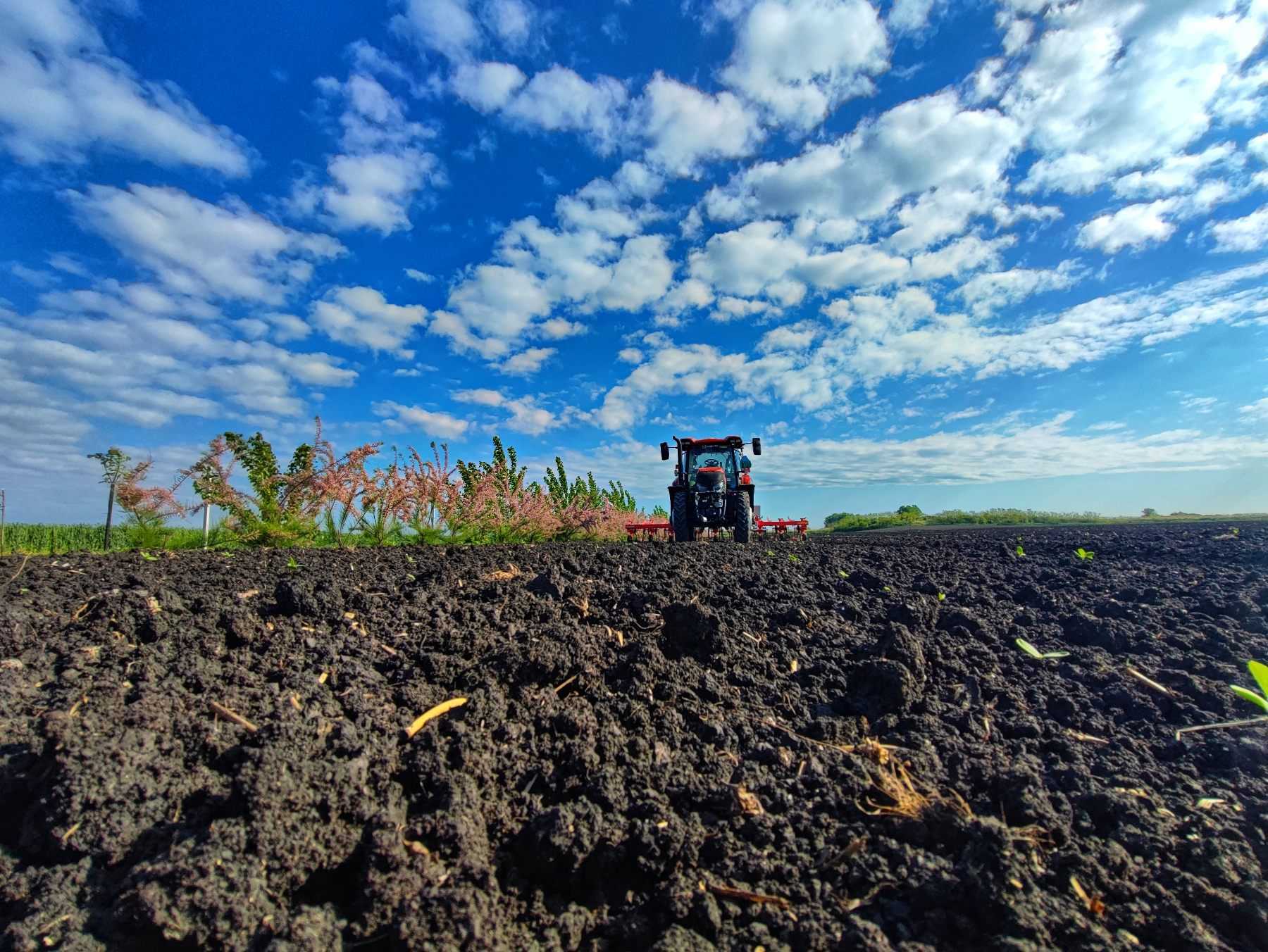



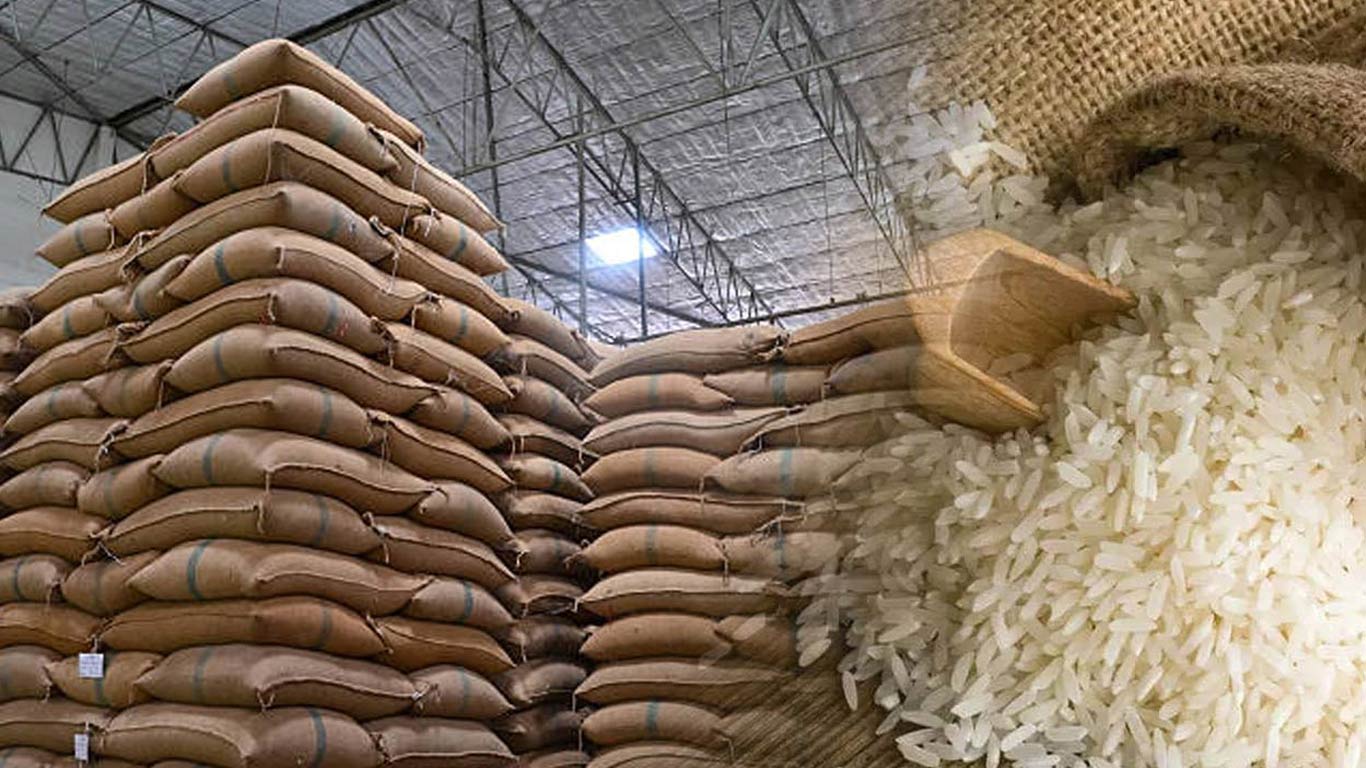

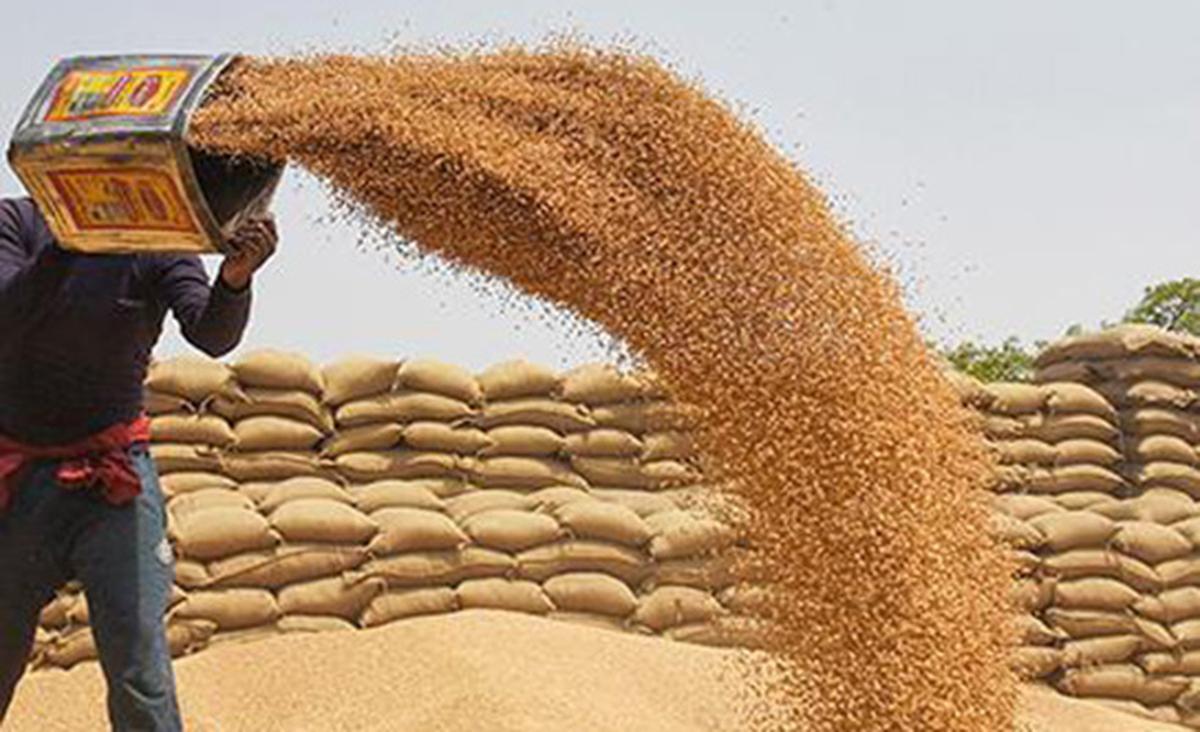




















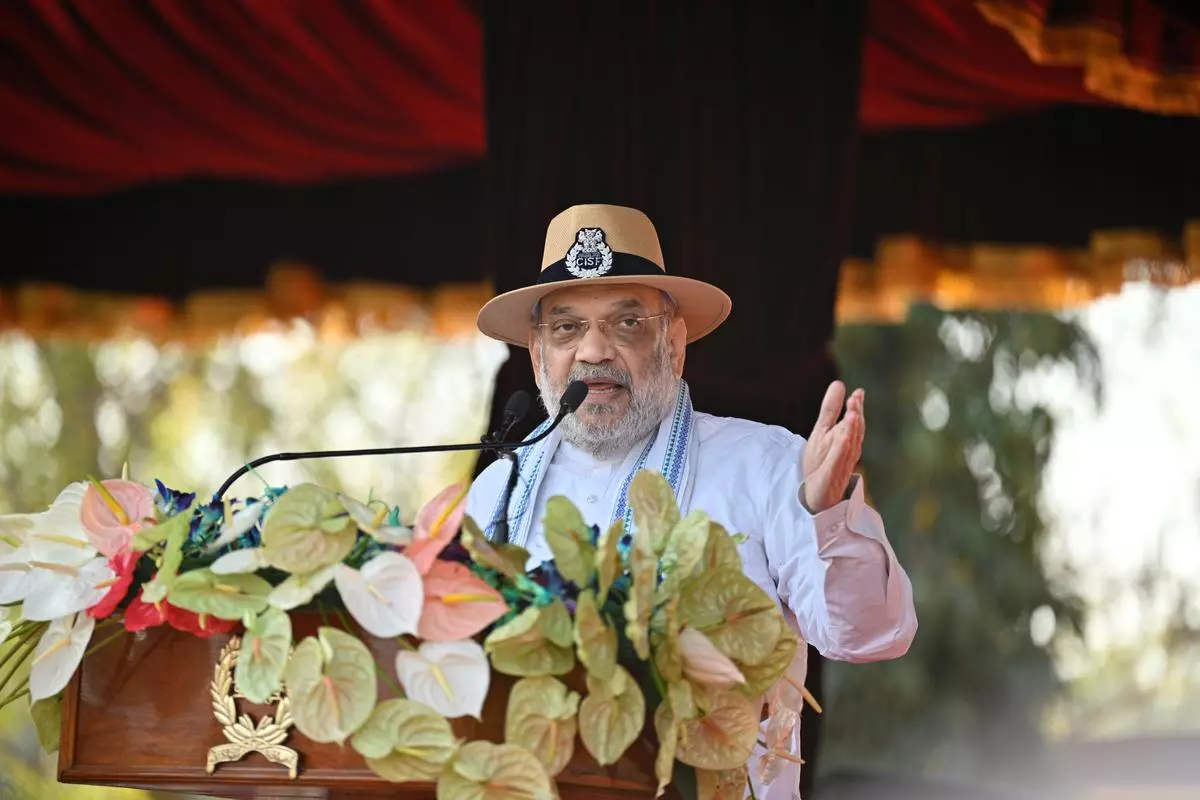






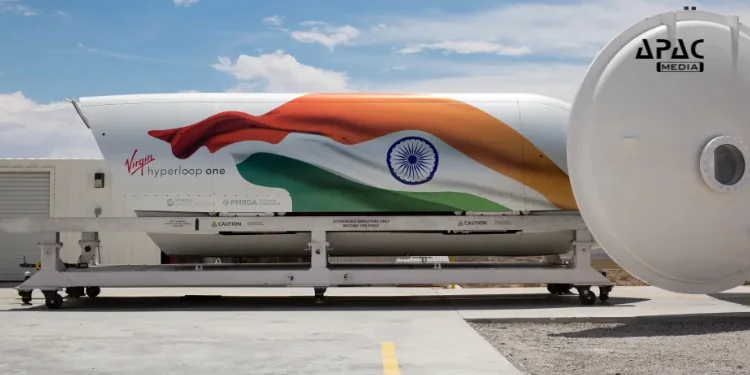



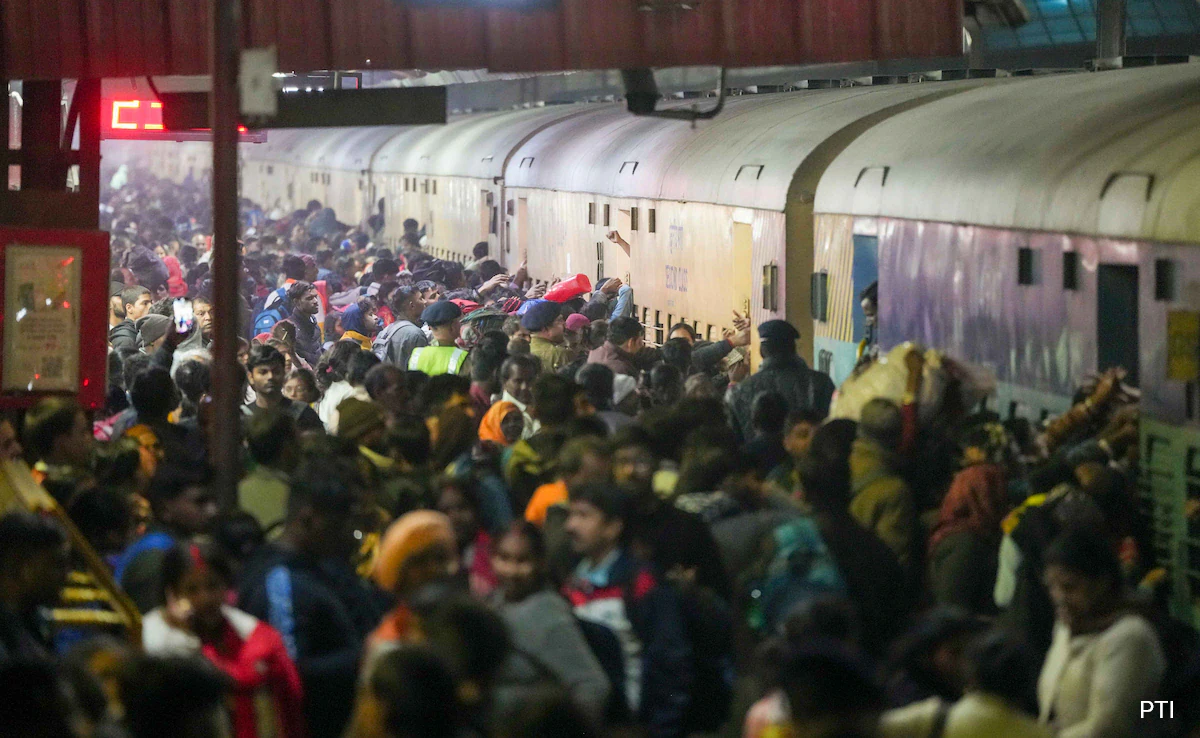










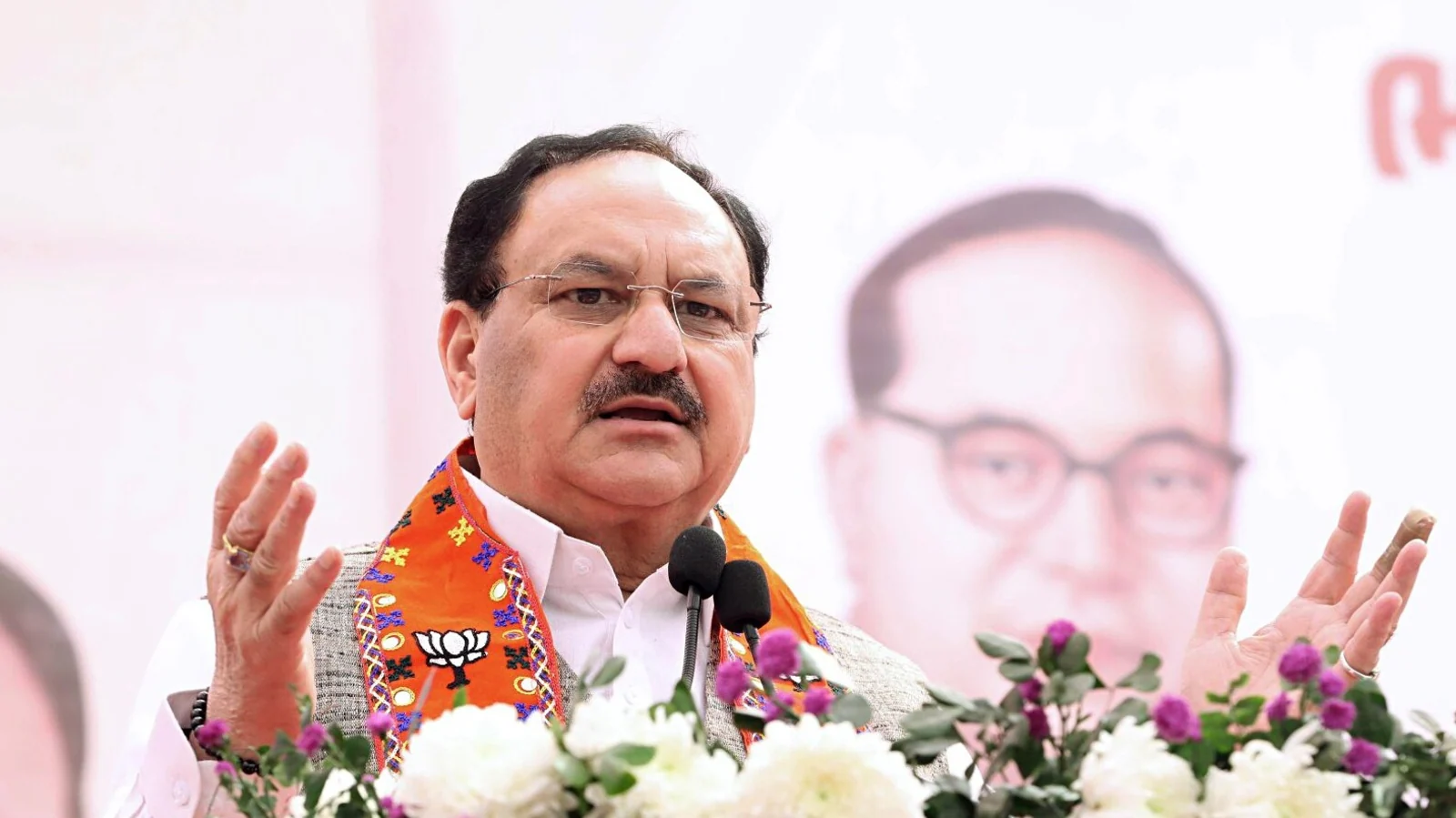
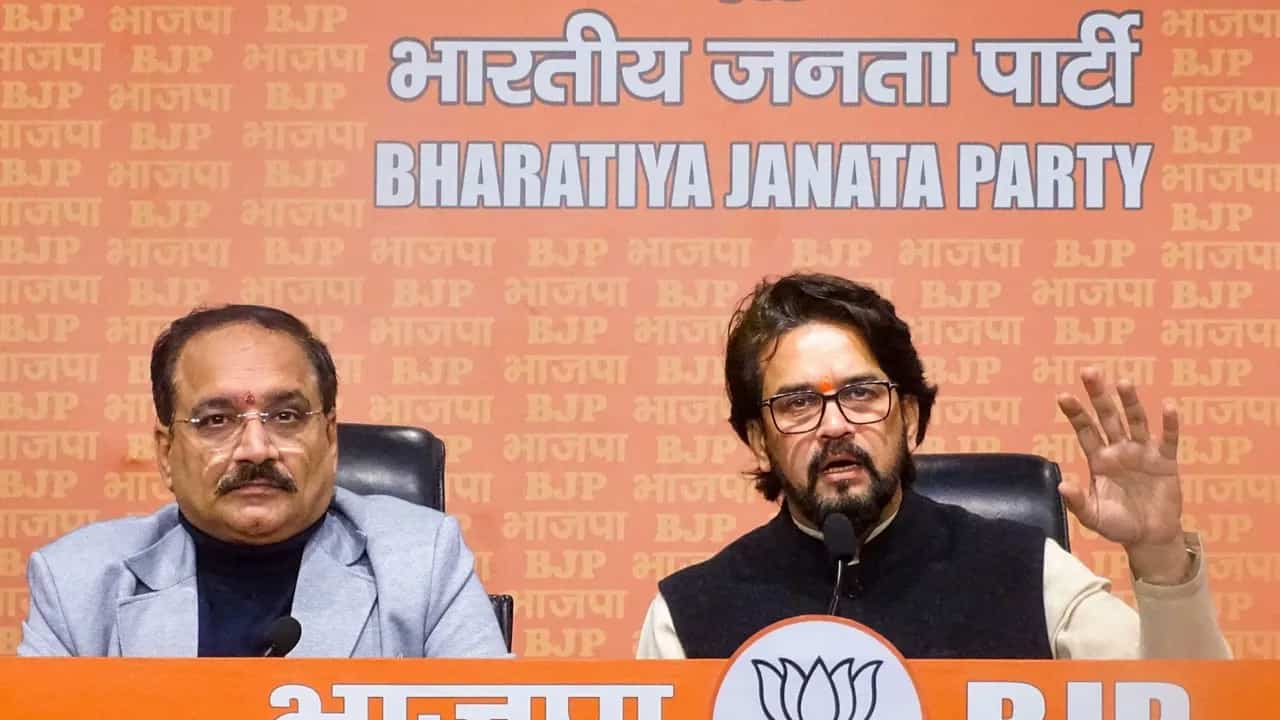


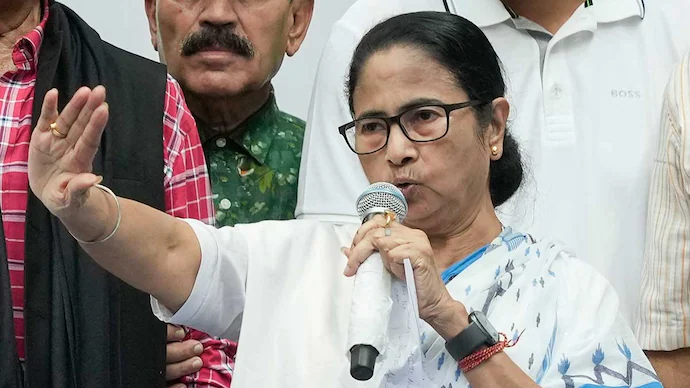













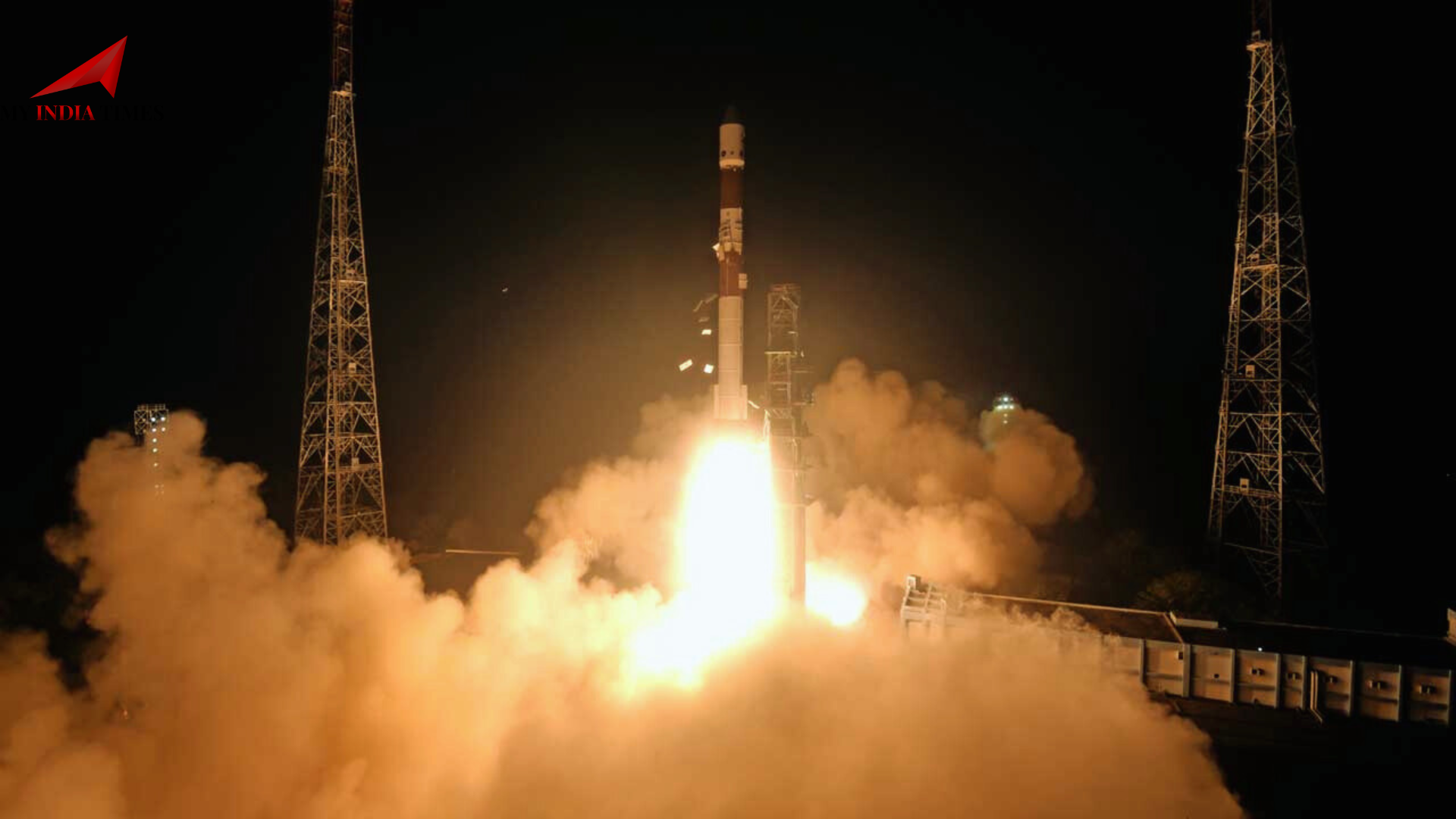









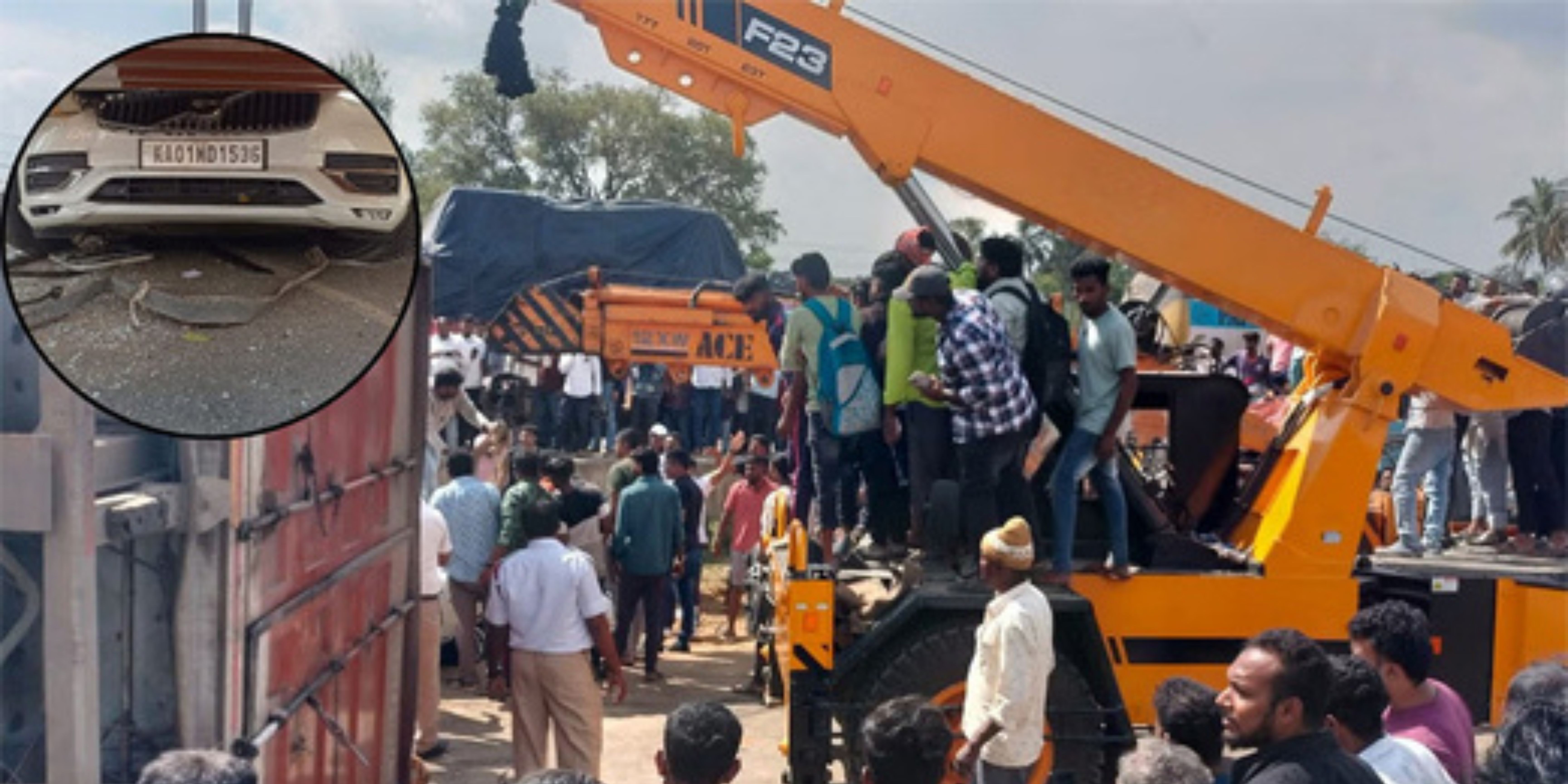




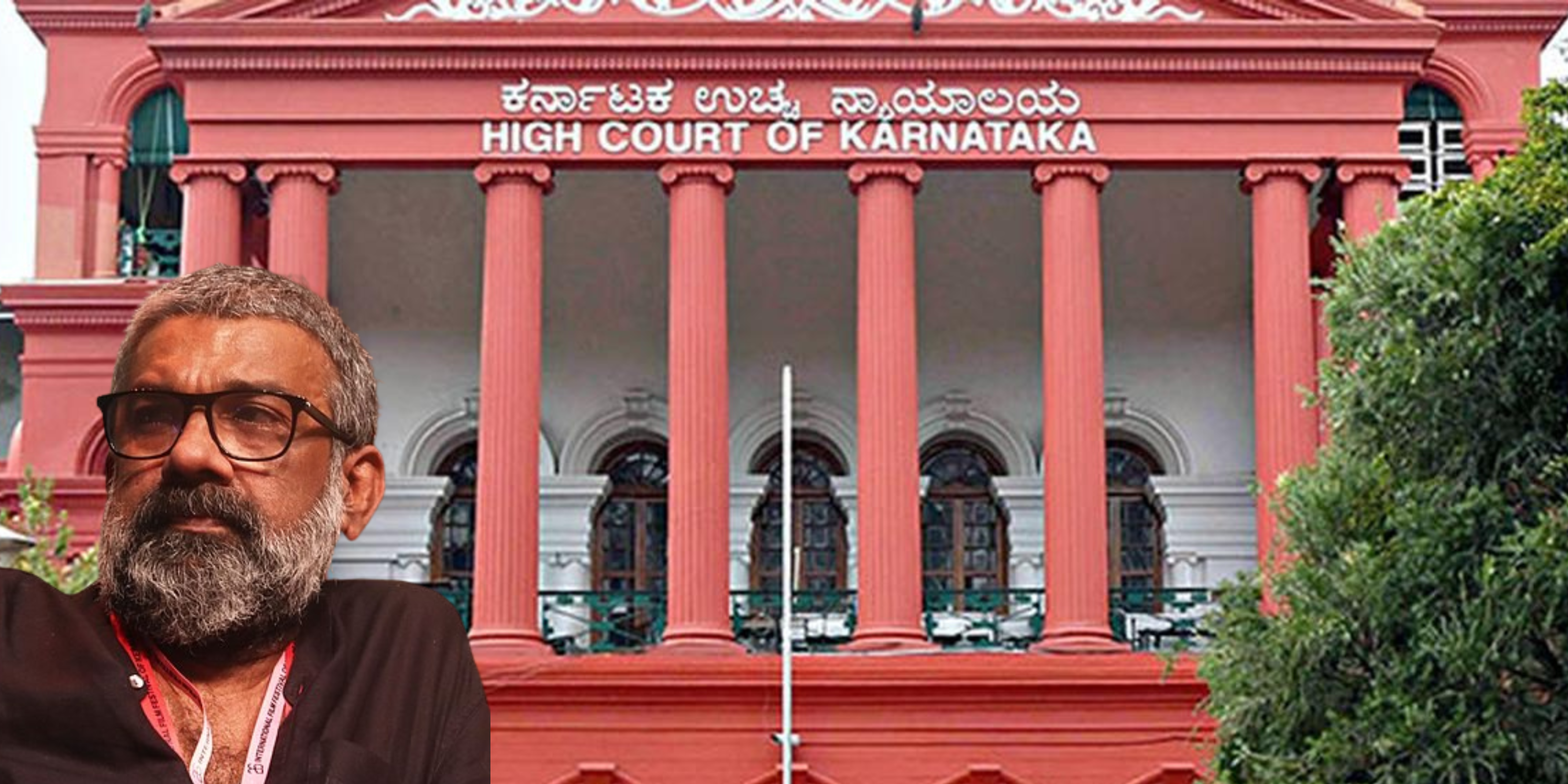
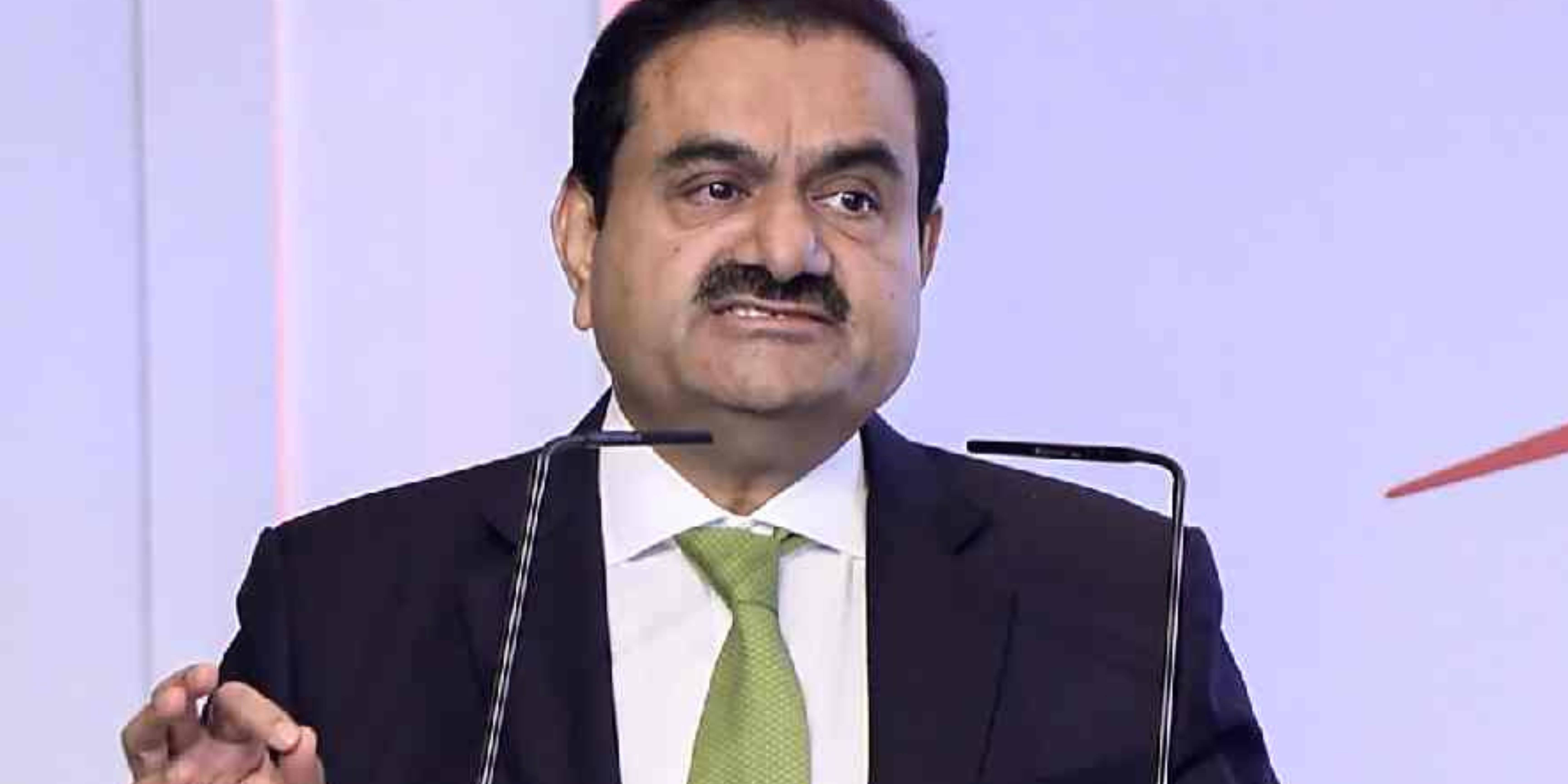
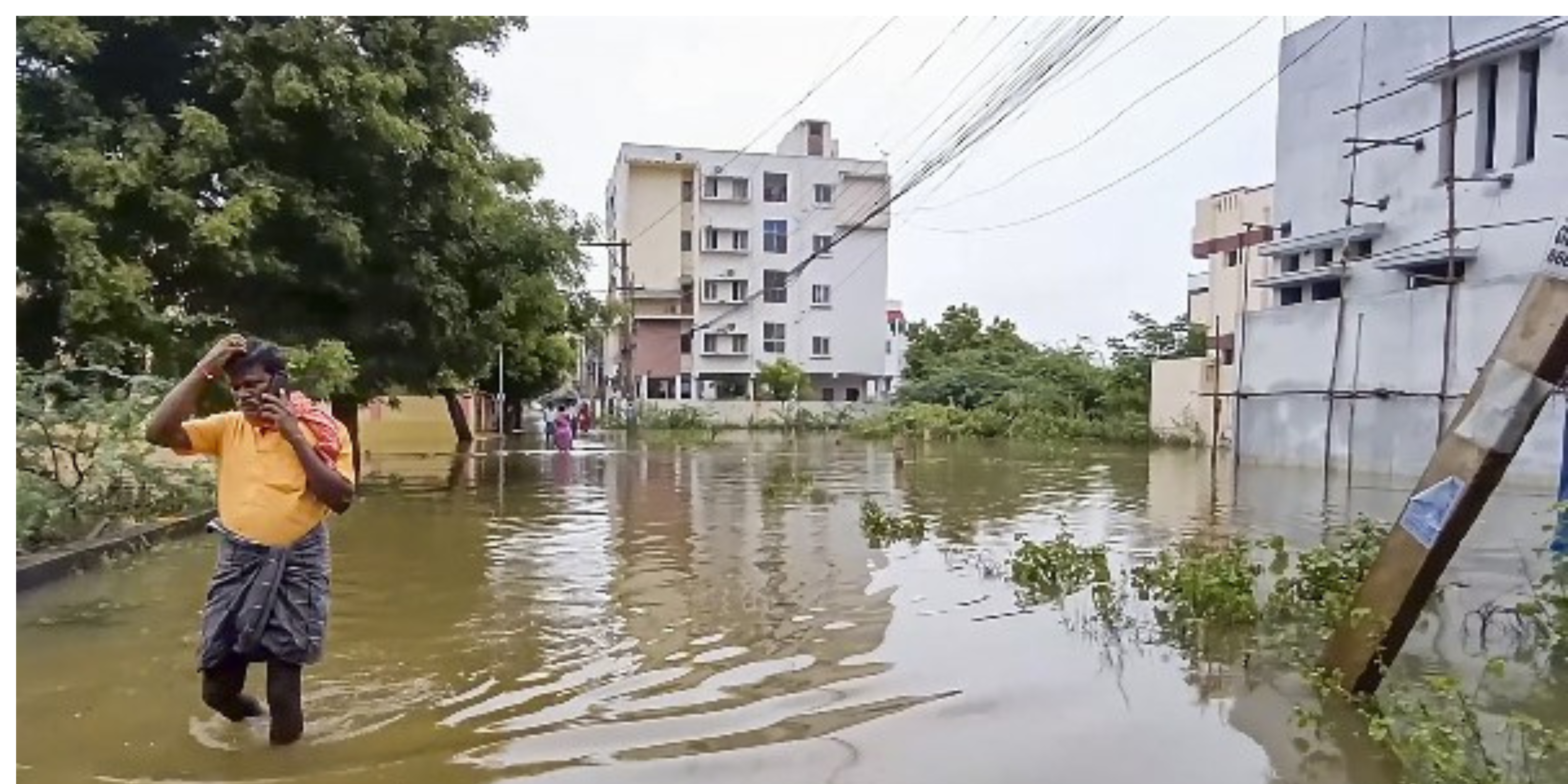
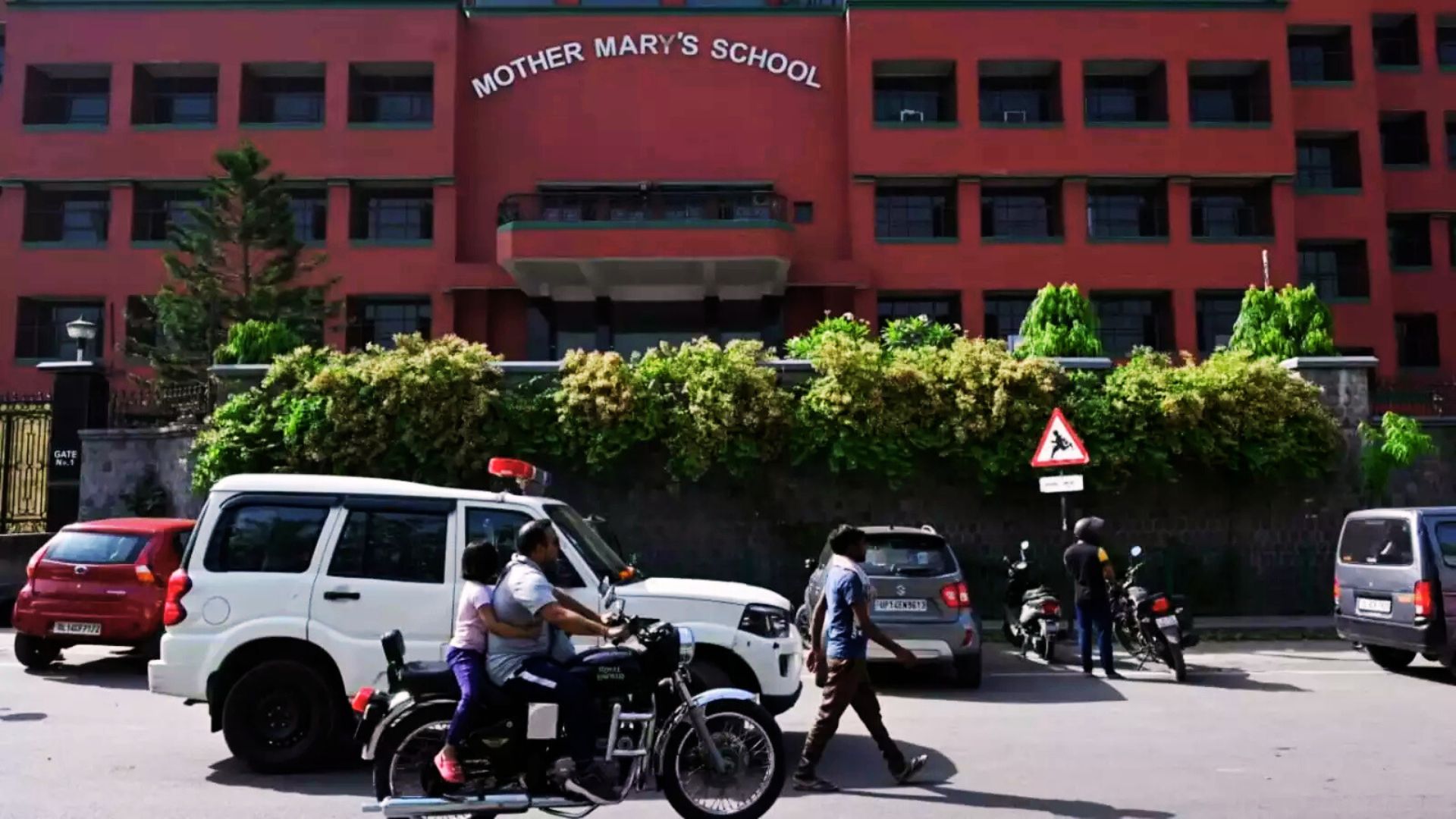

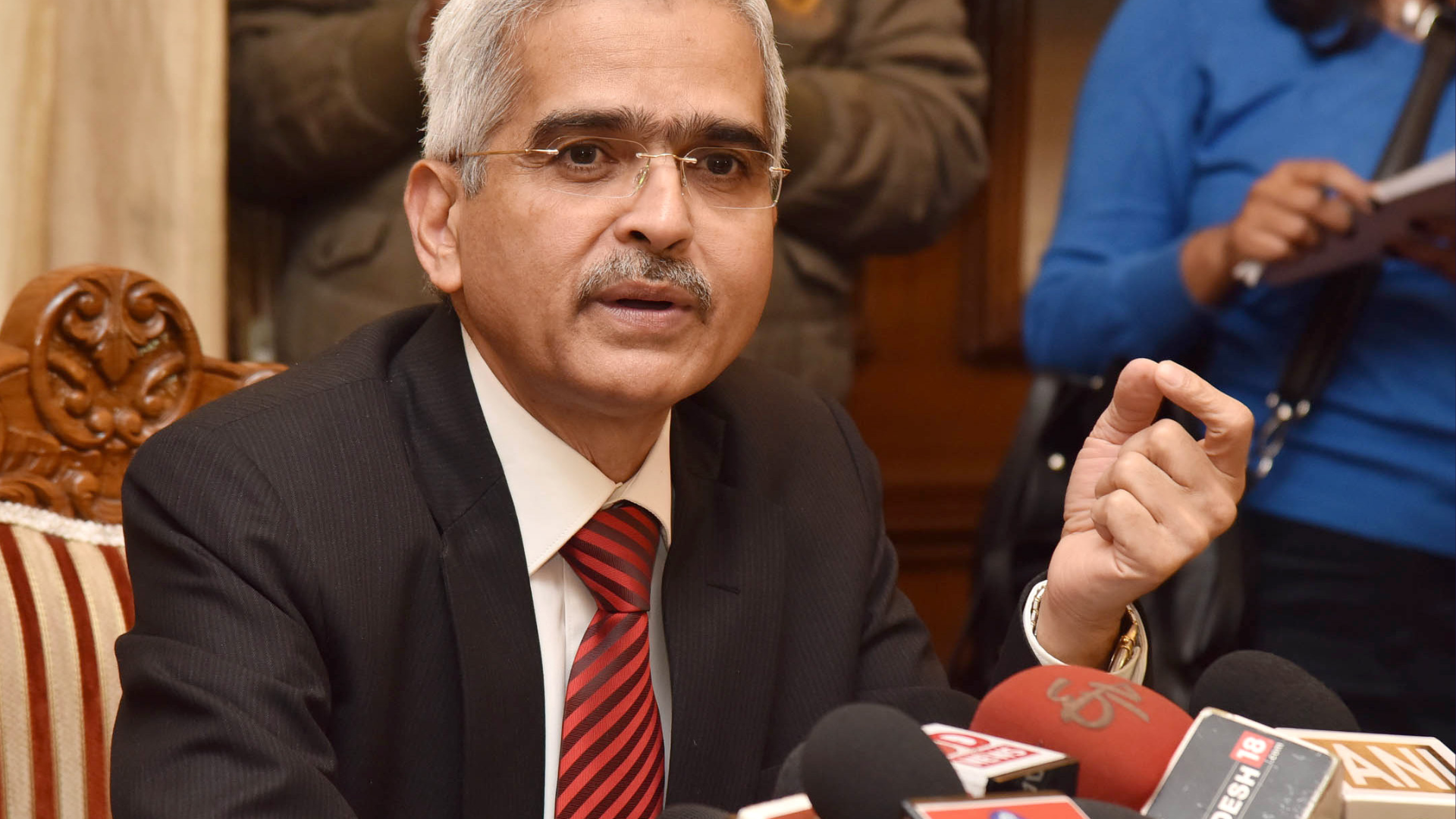
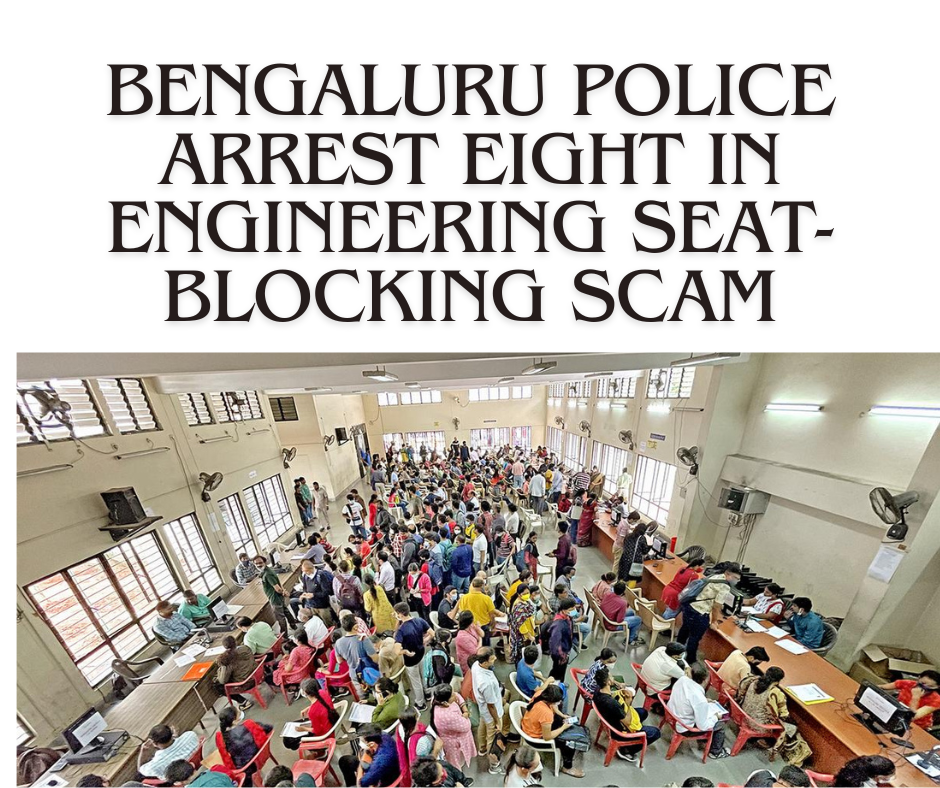






.png)
 (1).png)
